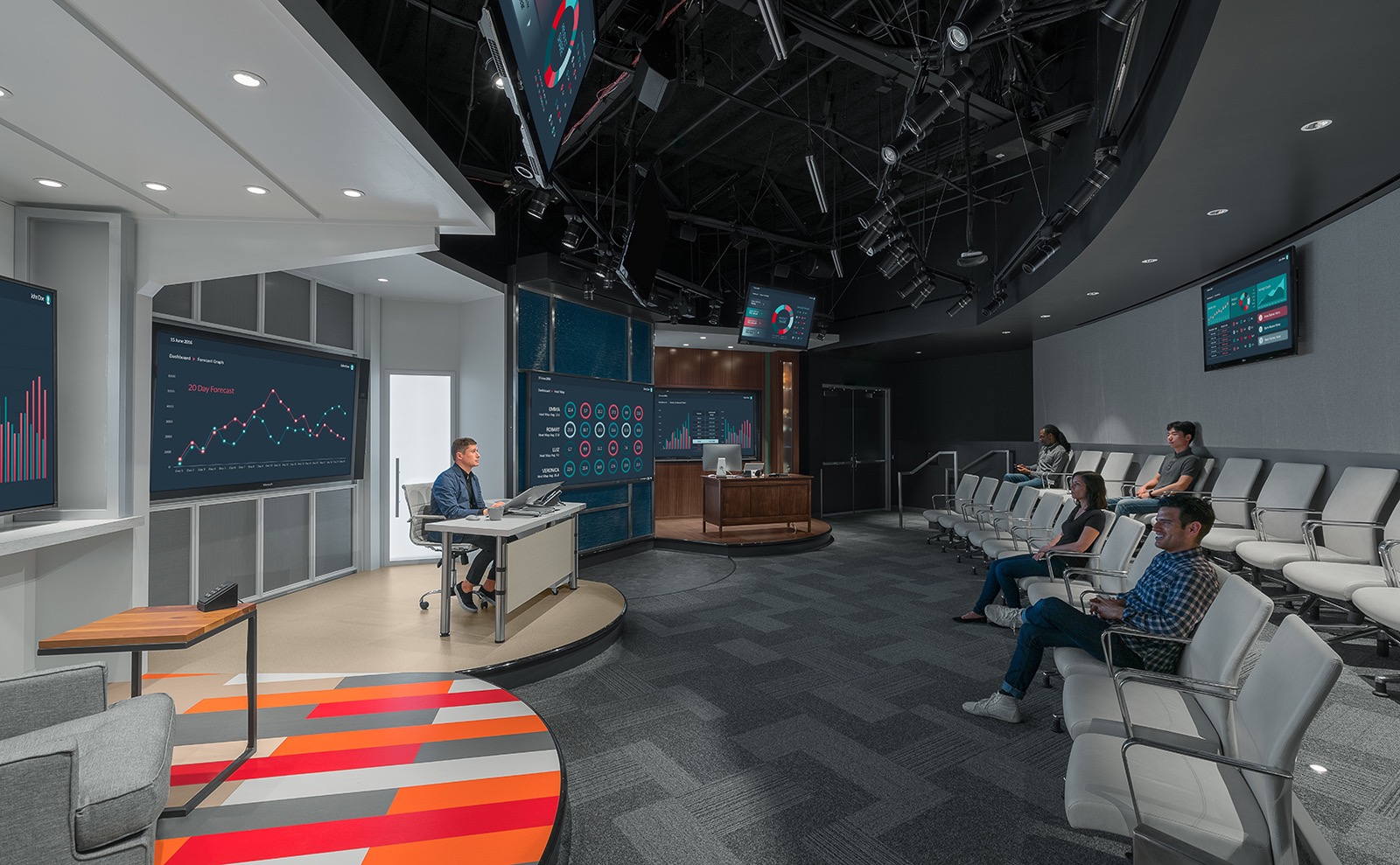
If you remember your geometry and algebra, you can calculate the width and height of the display if you also know the aspect ratio. Screen size labeling is based on the length of the diagonal: That made it easy to compare when almost every screen had the same aspect ratio (the ratio of the number of horizontal pixels to vertical pixels) but wide and ultrawide screens on desktop and newer ratios on laptops (such as 3:2 or 16:10) make it a little more difficult. Cable management can be important if the monitor has a USB hub, since you'll want to keep those cables under control as well.Įverything being equal, and if you've got the space and budget, bigger is almost always better. For many people that's synonymous with "thin bezels." You also want a stand that looks good and that has sensible cable management, allowing you to feed wires through a hole or channel to keep them together. Go with one that you find attractive - you'll be staring at it a lot.Portrait will let you see more of a vertically scrolling web page, for instance, or be a little more comfortable if you work with print layouts. Depending on your needs, you may also want a stand that can swivel or allow the screen to rotate 90 degrees for use in portrait orientation. Make sure the stand can adjust to the appropriate height for you to use comfortably and tilt to a usable angle.

You can find the aspect ratio by dividing the horizontal resolution by the vertical resolution, and the result for 16:9 should be 1.77:1.
Looking for a mac tech home office full#
If not, choose one with a 16:9 aspect ratio, which is most commonly 1,920x1,080 (also called FHD, or Full HD). Many of these models are curved, and most of them are 34-inch displays with lower-than-4K resolution. There are also super-widescreen monitors with 21:9 aspect ratio (also known as 2.35:1). You'll rarely regret buying a monitor that's too big, but you'll frequently regret buying one that's too small.

Got a Mac? If it's an old MacBook and has an HDMI port, or an iMac or Mac Mini, you won't have a problem. Read more: Best monitors under $200 you can get right now Older laptops may still have the native connectors like HDMI or DisplayPort. When hooking up to a laptop, you need to make sure that you've got the right connections: some USB-C or USB-C/Thunderbolt 3 ports support a feature called alt-display mode, which means you can use a USB-C to HDMI or USB-C to DisplayPort cable (or adapter) to connect to a monitor with those connections. Unless you're a hard-core gamer or creative professional, many of the most technical specs - color gamut and latency, for example - won't really matter to you (and you should always take manufacturer specs with a grain of salt, anyway).


 0 kommentar(er)
0 kommentar(er)
